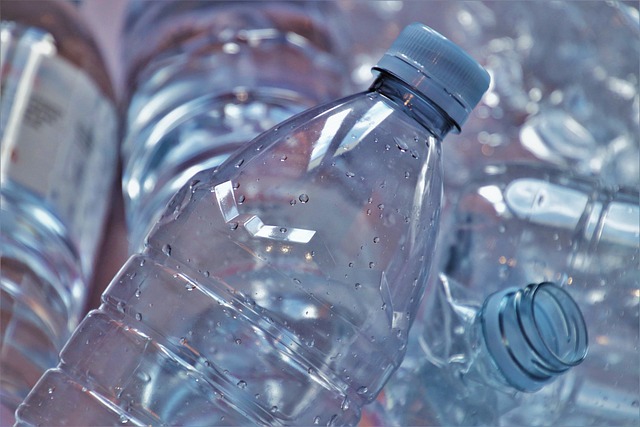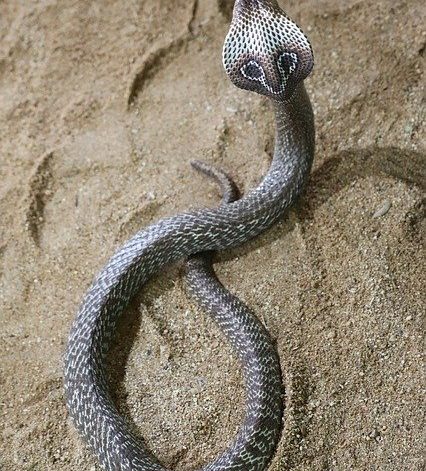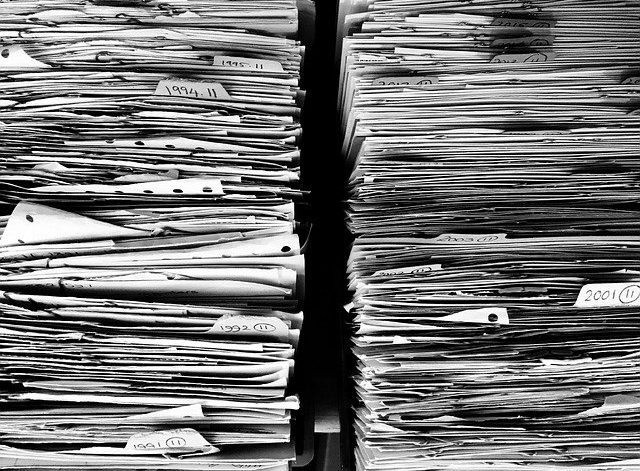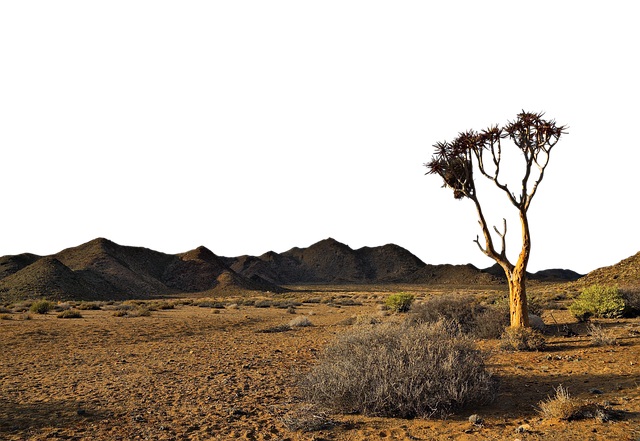Introduction: What is Microplastic Pollution?
Microplastic pollution is essentially plastic pollution but it is named differently because it is pollution caused by plastic fragments that are smaller than 0.2 inches or 5mm that break away from larger pieces of plastic. In many cases, they may even leach out from plastics disposed off in landfills and contaminate water sources. They are often more harmful than plastic pollution because these are too tiny to be seen with the naked eye and can enter the food chain undetected where they cause adverse effects on humans and animals.
You might also like to read: The Impacts of Microplastic Pollution on the Environment
What is Nano-plastic Pollution?
Nano-plastics are also a subtype of plastic pollution and just like microplastics, they also wear off, break away or chip away from larger plastics. The difference between Nano and Micro plastic is that nano plastics are even smaller than micro plastics i.e. less than 0.1 micrometer in size and are not visible even under a normal microscope.
Sources and Effects of Microplastics and Nano plastics in the Environment:
- Clothing: Clothes often made of acrylic yarn, wool or synthetic polymer fibers shed tiny plastic polymer due to washing and wearing that are carried away into the drains. These particles often end up in the oceans where they may cause pollution and toxicity by accumulating on top of larger plastics or on fish gills from where they enter the food chain and can cause tremendous harm as microplastics are known to cause birth defects and even neurodevelopmental problems.
- Car Tires: these emit tiny rubber plastics that suspend in the air and enter the lungs of humans where they cause respiratory problems and lead to bioaccumulation in the body overtime. They are carcinogenic in nature.
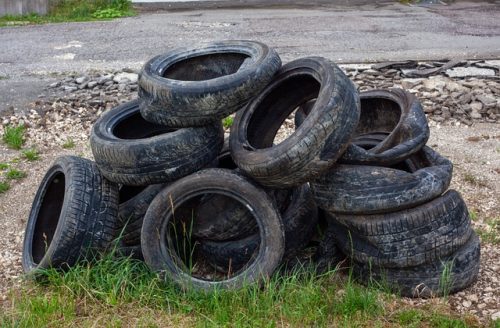
- Personal Care Products: the use of chemicals and packaging that make up most of our consumer demand is how a major part of nano plastics and microplastics are entering into the environment.
- Plastic pollution: improper disposal of plastic bags, packaging into drains, oceans etc. lead to gradual but invisible breakdown of the plastics and provide a source of nano and micro plastics to enter into the ecosystem.
- Nano plastics and microplastics leach away from plastics in disposal sites and they have carcinogenic properties as they have a toxic effect when they enter the water sources. They lead to plant toxicity, underground water contamination and even lead to cell necrosis- cell death that eventually leads to death of whoever has ingested the nano plastic.
- Nano plastics and Microplastics being miniscule in size cannot be identified by the naked eye nor can they be stopped unless plastic is completely banned. This has lead them to be classified as a hazard as they can lead to cell toxicity, neurodevelopmental disorders as they can even cross the placenta.
- They can cause severe hormonal imbalances in humans, reproductive issues, weakening of the immune system as well as neurotoxicity.
The bottom line is that as long as there is plastic, there will be micro and nano plastic pollution as well whose accumulation in food chains, ecosystems and human bodies lead to severely detrimental consequences. Following are some ways to control or reduce this kind of pollution.
Also read: Plastic Pollution- Sources, Effects and Solutions
Control for Microplastic and Nano plastic Pollution:
- Buy clothes made using sustainable materials like from bamboo, hemp plant, or plant/animal based fiber instead of synthetic polymers like spandex, polyester etc.
- Eliminate the use of plastic products especially cutlery, utensils, drinking bottles and special care needs to be taken for baby feeding bottles as recent studies have shown that microplastics can easily leach into the milk and enter the infant’s body.
- Reduce carbon footprint by avoiding use of single use plastics. This seems unrelated but it is not. Doing this will help reduce the CO2 emissions generated during the production of bioplastics. Read more, Production of Bioplastics using Biodegradable Sources
- Buy cosmetics made locally and sourced organically via sustainable and green farming.
- Avoid using plastic containers or Tupperware to microwave your food in. This causes leaching of plastics and is highly hazardous to human health.
- Improve stormwater and drain water management. Collecting and filtering water before it enters the river will help us to catch any microplastic or nano plastic particles before they enter the larger marine ecosystem and contaminate ocean bodies.
- Try to use cosmetics and personal care products that do not use plastics or parabens and it would be even better if they come with an eco-friendly packaging instead of plastic.
- Avoid littering. Especially of single use plastics as they can cause leaching of toxic chemicals and carcinogens into the land and water.
The problem of Microplastic pollution and Nano Plastic pollution is so severe that they have even be found in breast milk which is crucial for infants and newborns for a healthy growth and development of immune system. This discovery should be eye opening enough for us to take swift action against plastics and urgently address the ever increasing problem of plastic in the environment.
You may also like to read: The Problems and Effects of Plastic Debris in Seas and Rivers of South Asia
I hope you all liked this post! Please comment below if you have any suggestions, comments, or feedback! We at #envpk love hearing from our readers! Thanks!

